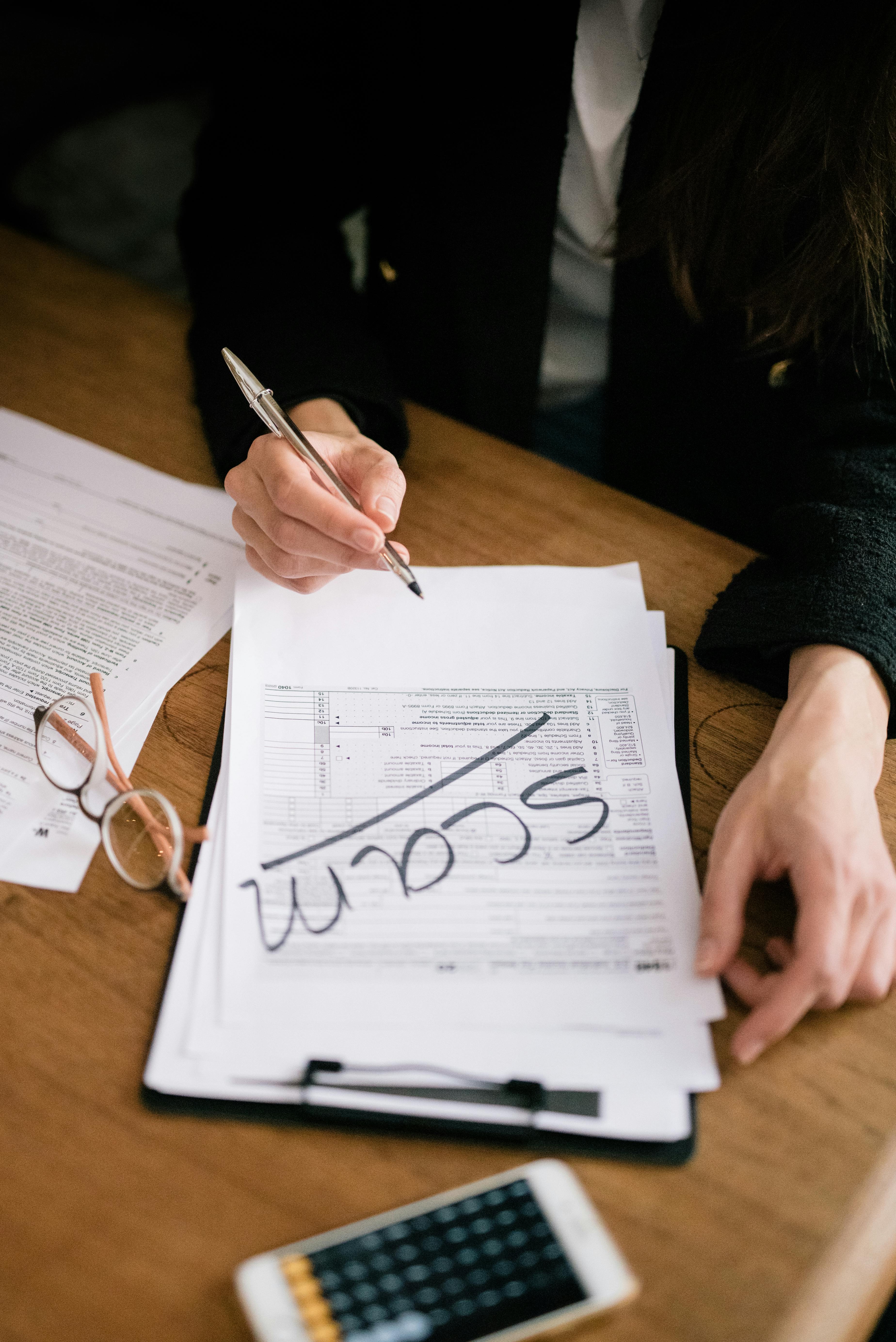How to Properly Change Your License Plate in 2025: A Step-by-Step Guide
Changing your license plate can seem like a daunting task, especially with the evolving regulations in various states. Whether you're applying for a new license plate, replacing a damaged one, or simply looking to personalize your vehicle, understanding the entire process is crucial. In this guide, we’ll walk you through the essential steps involved in changing your license plate in 2025. By the end, you’ll be equipped with the knowledge to navigate the requirements effectively.
The ability to change your license plate not only enhances your vehicle's appearance but can also be a reflection of your personality. Each state has unique rules regarding the application process, fees, and types of license plates available. This article aims to provide clarity about the steps involved in this seemingly complex endeavor.
We will cover necessary requirements for license plate changes, how to apply for a new plate, the replacement process, and provide specific state regulations to consider. We'll also touch on online services that can simplify the DMV license plate change process.
Let’s embark on this journey of ensuring your vehicle's registration stays up-to-date and compliant with state laws!

Essential Steps to Change Your License Plate
Understanding the License Plate Change Process
The first step in knowing how to change your license plate is to familiarize yourself with the general process involved. Each state maintains its own set of rules and guidelines at the local DMV office for license plate changes. However, the core components are similar and generally include submitting an application, paying fees, and verifying your identity and vehicle ownership. Understanding these will help streamline your experience.
You must gather necessary documents like your vehicle identification number (VIN), proof of identity, and, if applicable, details regarding the previous license plate. This informational groundwork ensures that you meet your local DMV's requirements for a successful license plate change.
Choosing the Right Type of License Plate
Another critical aspect is selecting the type of license plate you want. States offer a variety of options, including standard, specialty, and personalized plates. If you're interested in a custom license plate, it's essential to understand your state's restrictions, application requirements, and applicable fees. If your state allows it, consider registration for custom plates as part of this process.
You can explore various designs available—some states provide unique plates such as those honoring veterans or supporting wildlife. Consult your local DMV office for specific choices and the process of submitting the application for license plates tailored to your preferences.
Applying for a New License Plate
Now that you have the necessary information, the next step is to apply for new license plates, which can often be done online. Most states' DMV services allow for an online application for license plates where you can submit documents, track your application’s progress, and even pay for renewal fees. This is a significant advancement that simplifies the process.
If you prefer to handle matters in person, visiting your local DMV office is another efficient option. Ensure you have all required forms completed for the fastest processing time. This way, you can avoid any unnecessary delays.
Fees Associated with License Plate Changes
Typically, changing your license plates will involve certain fees. These can vary significantly based on the type of plate you're applying for and the regulations in your state. For example, changing a standard plate might incur different costs compared to a custom plate application. Always inquire about the fee for new license plates when submitting your application.
Checking online resources or contacting the DMV directly will provide accurate fee structures, ensuring you’re prepared when changing your plates.
Handling Duplicate License Plate Requests
In cases where you’ve lost your license plate or need a duplicate, the process can be a bit different. Most DMVs facilitate a lost license plate procedure that guides you through obtaining a replacement. It’s essential to report the loss or theft promptly, as regulations vary on timing and additional requirements, including documentation proving your vehicle's ownership.
For replacement requests, be sure to have your vehicle’s information on hand, alongside a valid photo identification to speed up the process.
Online License Plate Change Options
Benefits of Changing License Plates Online
One of the most convenient ways to handle license plate changes is through online platforms offered by the DMV. Online services can provide a quicker route, allowing you to apply for new plates from the comfort of your home. You can usually upload necessary documents directly, reducing the physical paperwork that comes with visits to local DMV offices.
This method also enables you to pay fees via secure channels, track your application status online, and keep everything organized without the hassle of physical forms and lengthy waits.
Steps for Online License Plate Change
To initiate a change of license plates online, visit your state's DMV website and locate the section dedicated to vehicle registration or license plate changes. You'll typically follow these steps:
- Complete the online application form.
- Upload required documents, including identification and current vehicle registration.
- Choose your plate type and design and review applicable fees.
- Submit your application and note any reference number provided for tracking.
This structured approach facilitates an easy experience when managing your license plate changes.
Tracking Your License Plate Application
After submitting an application for license plate changes online, tracking your application is straightforward. Most DMV websites provide tracking services, allowing you to check the status of your request. Using the reference number provided during application submission, you can monitor processing timelines and receive updates regarding any additional action required from your side.
Expedited License Plate Request Procedures
If time is of the essence; many DMVs offer expedited services for license plate requests. You may need to pay additional fees for quicker processing, but this can be beneficial if you require your plates urgently, such as for a newly acquired vehicle or to prevent penalties from registration lapses.
It’s worth checking with your local DMV for their expedited request procedures and the specifics involved.
Managing Plate Changes for New Vehicles or Ownership Transfers
When changing vehicle ownership, a new license plate is often warranted. This situation requires adjusting the vehicle registration with the local motor vehicle department. Be prepared to furnish details needed for license plate changes, including the title transfer documents and any forms related to the transfer process.
Contacting your DMV for guidance on specific steps for vehicle ownership change will ensure compliant and effective processing.
Common Mistakes to Avoid When Changing License Plates
Overlooking Documentation Requirements
One common mistake people make is not preparing or understanding the necessary documents for a license plate change. Each state requires different information that includes vehicle identification numbers, proof of identity, and sometimes proof of residency. Misplacing or failing to include these documents can delay your application significantly.
Ignoring Change of Address Requirements
If you have recently moved and need to change your license plates, don’t forget to update your address as per your state regulations. Mismatched addresses can result in penalties or issues with your registration. Notifying the DMV of your address change often goes hand-in-hand with your license plate change process.
Delaying Necessary Changes
Lastly, many individuals procrastinate in changing their license plates when required. Delaying the process can lead to penalties, fines, and potentially legal issues if pulled over. Keep in mind the timeline and understand it’s better to make necessary changes sooner rather than later.
Q&A on License Plate Changes
What documents do I need to change my license plate?
Typically, you will need your vehicle registration, proof of identity, and any previous license plate information. Specific requirements may vary based on local regulations.
Can I change my license plate online?
Yes, many states now offer the option to change your license plate through their DMV websites, making the process much more convenient.
Is there a fee for changing my license plate?
Yes, changing or applying for a new license plate usually incurs a fee. The amount varies depending on your state and the type of plate requested.
How can I track my license plate application?
Most DMV websites provide tracking features where you can monitor your application status using a reference number issued during submission.
What happens if I lose my license plate?
If you lose your plate, you should report it to the DMV and apply for a replacement license plate. This usually involves a fee and completing a specific application form for lost plates.

Conclusion
Changing your license plate in 2025 can be a straightforward process if you equip yourself with the right knowledge and resources. By adhering to state regulations, preparing documentation, and understanding the required fees, you can effectively manage your vehicle's identification needs.
Remember, whether you’re applying for a new plate, making modifications, or handling replacements, the local DMV office is your go-to resource for guidance. Utilize online tools and tracking services to simplify the experience and stay compliant with the law. Happy driving!
